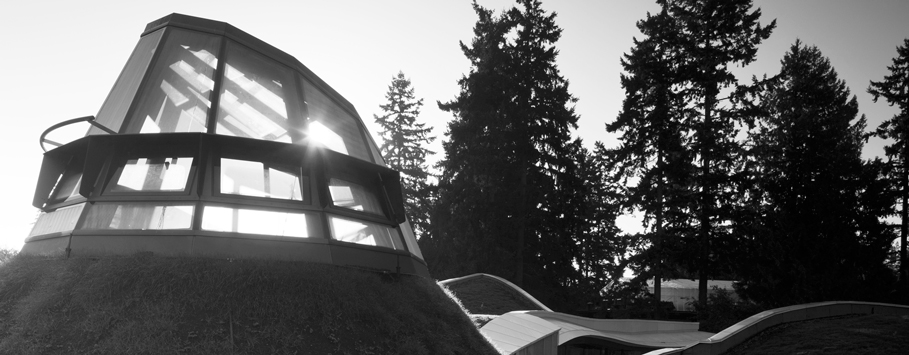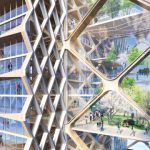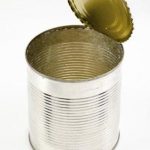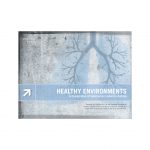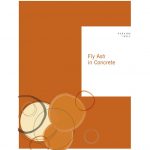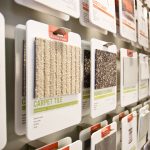
Flame retardants (FRs) are a group of additives that include toxic chemicals shown to be harmful to human and environmental health in many ways. With the enactment of California’s TB117-2013 for furniture fire safety and The Chicago Tribune’s scathing investigative report about FR manufacturers’ misleading marketing efforts, we learned that toxic chemicals are not the... Read more »

